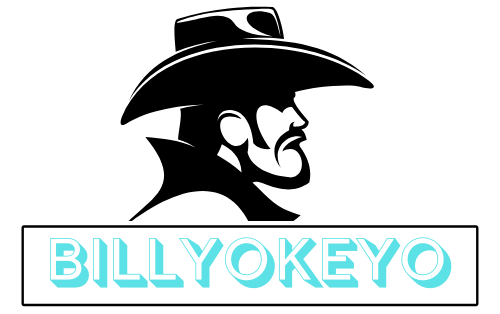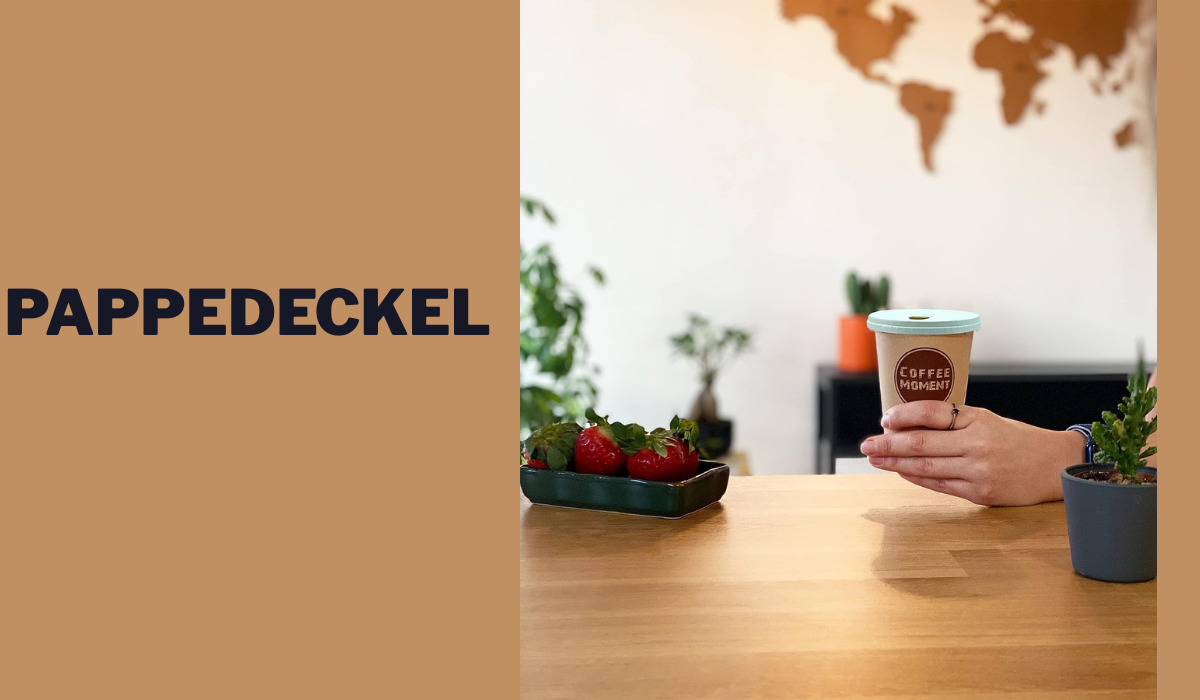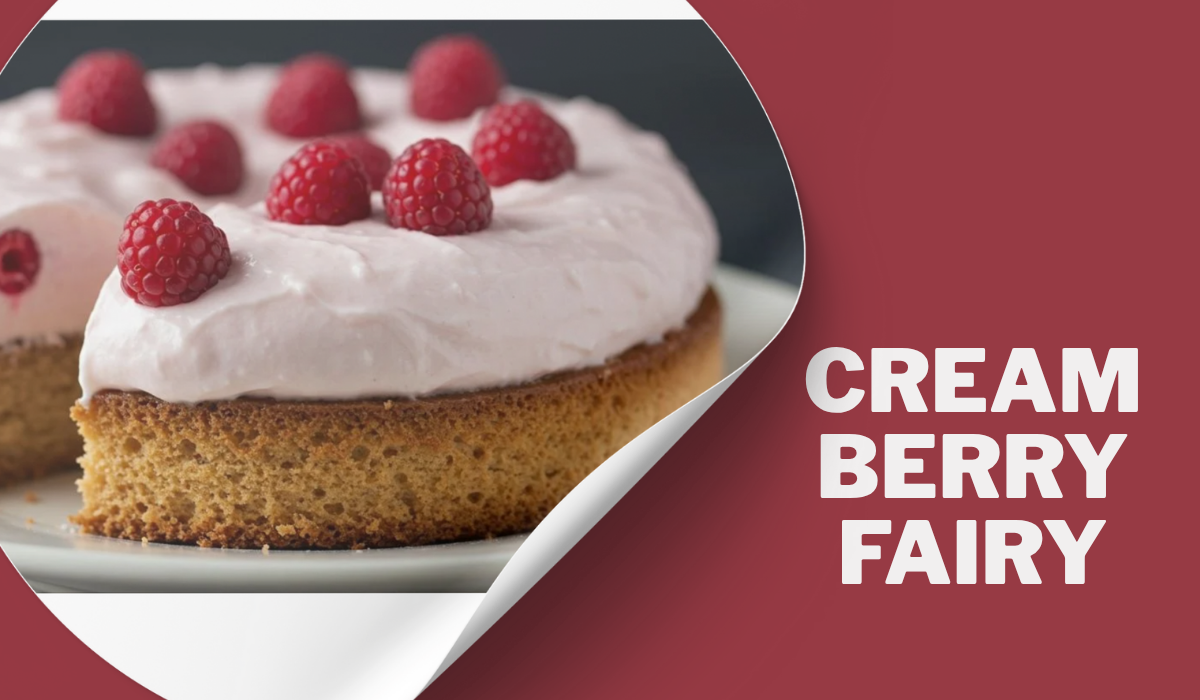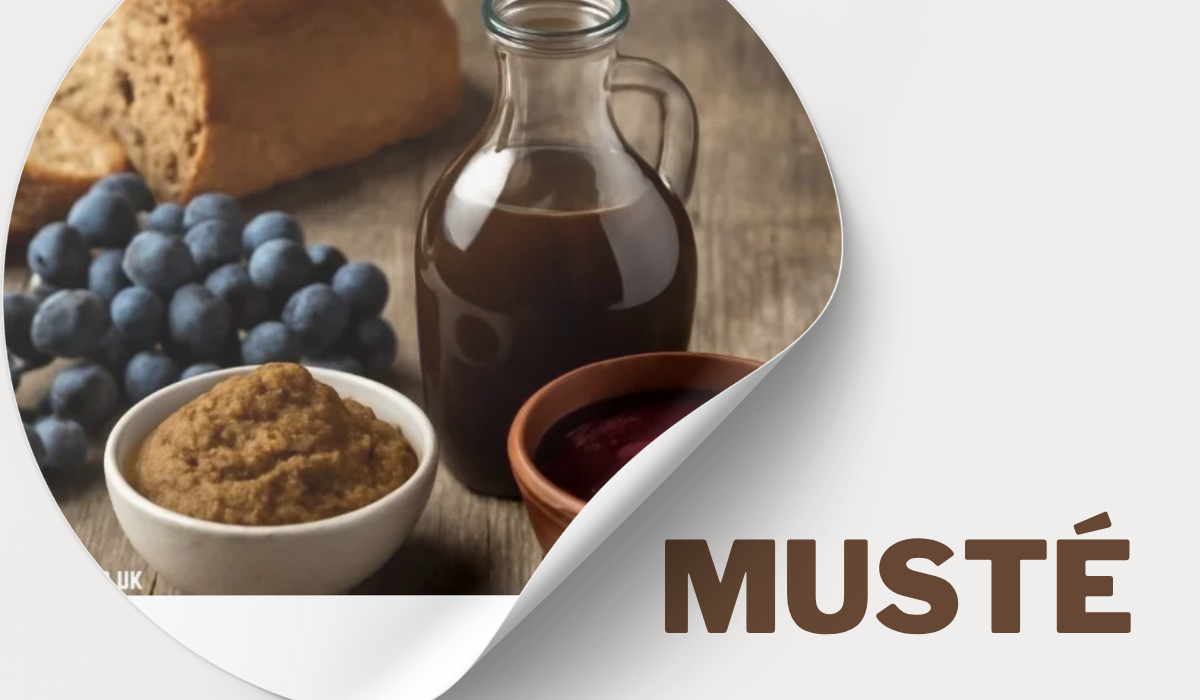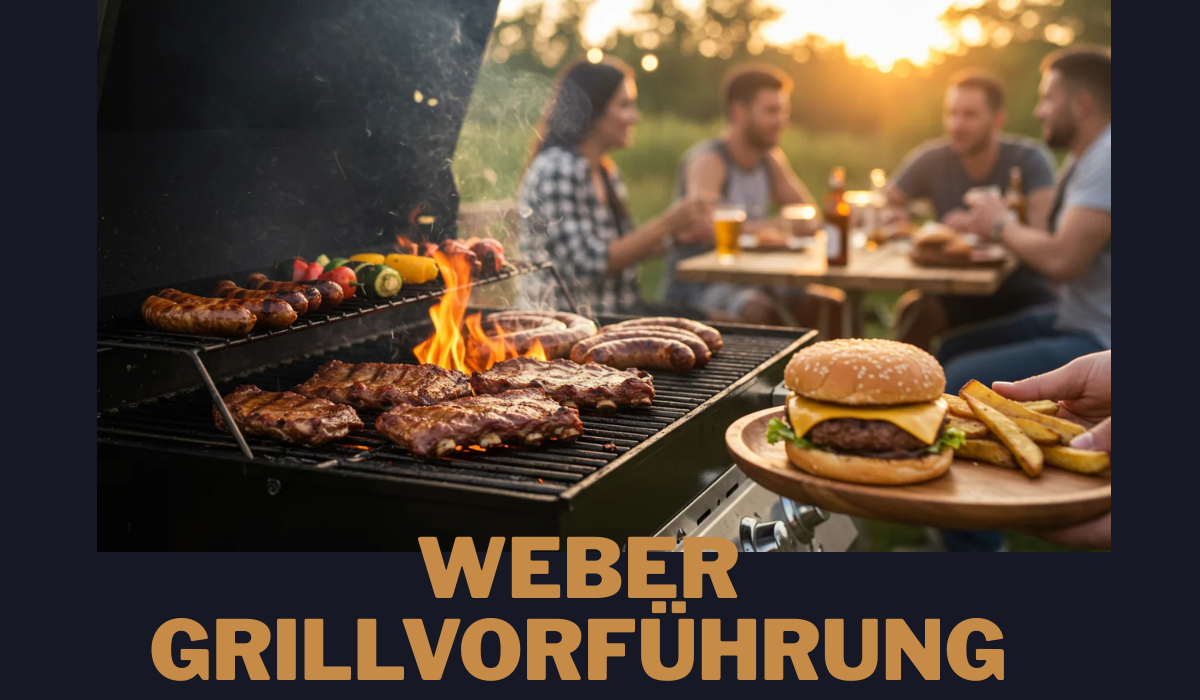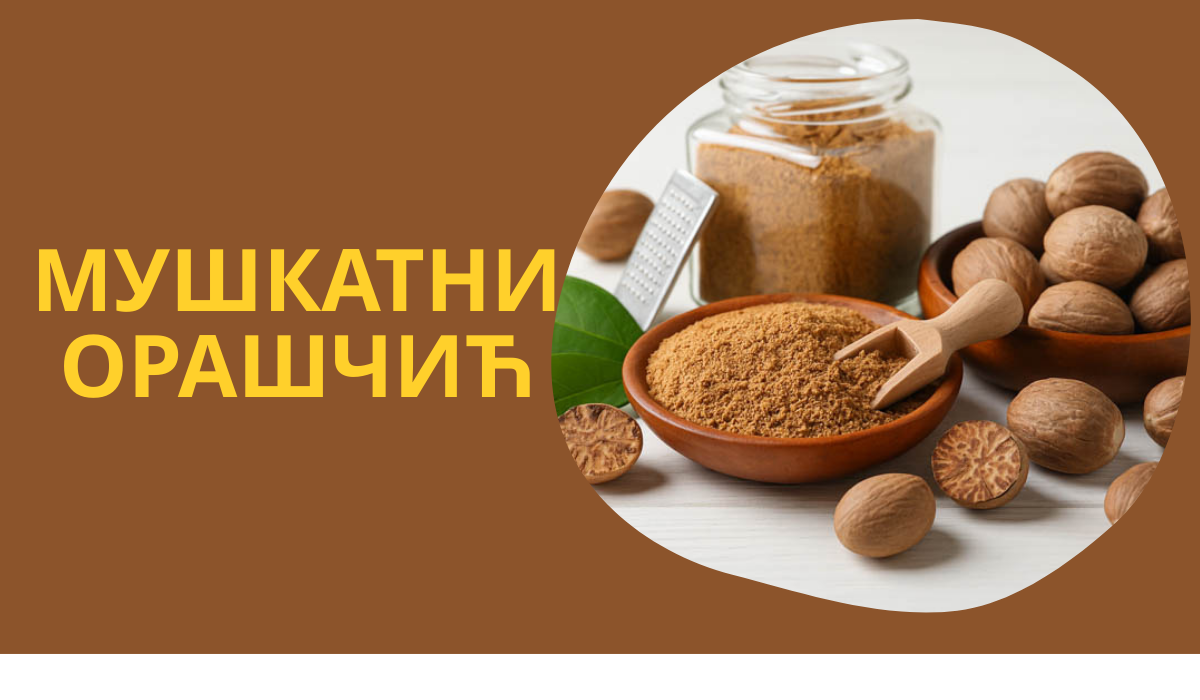Introduction
If you’ve ever lived in or visited Germany, you might have come across the word “Pappedeckel” — perhaps in a coffee shop, at a beer garden, or even as part of a quirky idiomatic expression. At first glance, it might seem like just another German compound word (and Germans do love those), but pappedeckel has both a literal meaning and cultural charm.
In this article, we will take a deep dive into what pappedeckel is, its origins, different contexts in which it is used, its environmental impact, and how it continues to play a role in modern life. Whether you’re a language learner, a sustainability enthusiast, or just curious about this peculiar word, you’ll find this guide both engaging and informative.
1. What Is a Pappedeckel?
Literal Definition
The word pappedeckel is made up of two parts:
-
Pappe → cardboard
-
Deckel → lid or cover
Put together, pappedeckel literally means cardboard lid or cardboard cover.
In everyday usage, it often refers to:
-
The small round cardboard disc placed under a beer glass (bierdeckel can also be used for this).
-
A disposable cardboard lid used to cover a hot drink cup.
-
Cardboard sheets or pieces used for packaging or as a protective layer.
2. Historical Origins of Pappedeckel
Early Use
Cardboard as a material emerged in the 19th century, and soon afterward, cardboard lids became an inexpensive, lightweight, and easy-to-produce way to cover drinks, food, or packages. In beer-drinking cultures like Germany, small cardboard discs became popular as coasters — protecting tables from condensation and allowing breweries to print advertisements on them.
Pappedeckel in German Culture
Over time, pappedeckel became a familiar household word. In some regions, it even entered colloquial speech to mean something useless or flimsy, similar to how English might say “as useless as a chocolate teapot.”
3. Everyday Uses of Pappedeckel
While the literal meaning is straightforward, the uses are surprisingly diverse. Let’s explore them:
3.1 Coffee and Tea Lids
If you order a takeaway coffee in Germany, you may be handed a cup with a pappedeckel to keep it warm and prevent spills. While plastic lids are more common globally, eco-conscious cafés often prefer cardboard alternatives.
3.2 Beer Coasters
In beer gardens or pubs, the coaster under your drink is often made of thick cardboard — essentially, a pappedeckel. Besides protecting tables, these are sometimes collectible items with brewery logos or special designs.
3.3 Food Packaging
From pizza boxes to cake trays, pappedeckel is used as a cover or separator to keep items fresh and intact during transport.
3.4 Crafting and DIY Projects
Artists, teachers, and DIY enthusiasts often use pappedeckel as a cheap and versatile material for model making, collages, or children’s art projects.
4. Pappedeckel as a Cultural Expression
Interestingly, pappedeckel pops up in German idioms and humor.
4.1 “Ach, Pappedeckel!”
A playful exclamation, similar to saying “Oh, nonsense!” or “Oh, rubbish!” in English. Here, it doesn’t literally mean “cardboard lid” — it’s a dismissive phrase.
4.2 In Jokes and Puns
Given the German love for wordplay, pappedeckel is sometimes used in puns involving packaging, beer culture, or anything related to disposable items.
5. Environmental Impact of Pappedeckel
As sustainability becomes increasingly important, pappedeckel plays a surprising role in the eco-friendly movement.
5.1 Cardboard vs. Plastic
Cardboard lids and coasters are:
-
Biodegradable
-
Recyclable
-
Often made from recycled materials
This makes them far more eco-friendly compared to single-use plastic alternatives.
5.2 Reusability
While most pappedeckel are disposable, some cafes and breweries encourage reusing them in creative ways — for crafts, seed starters for gardening, or even as makeshift bookmarks.
6. How to Make Your Own Pappedeckel
If you’re into DIY and sustainability, making your own pappedeckel is surprisingly easy.
Step-by-Step Guide
-
Gather Materials: Use old cereal boxes, packaging cardboard, or any firm paperboard.
-
Cut to Shape: Circular for coasters, rectangular for lids.
-
Decorate (Optional): Use paints, stamps, or stickers.
-
Seal (Optional): Coat with a thin layer of eco-friendly sealant for durability.
7. Pappedeckel in Business and Branding
Businesses have long recognized the marketing potential of pappedeckel. Printing logos, slogans, or QR codes on cardboard coasters or lids turns them into miniature billboards. In Germany, beer coasters are especially collectible, and breweries often produce limited edition runs.
8. The Future of Pappedeckel
As environmental policies tighten and public awareness grows, cardboard solutions like pappedeckel will likely replace more plastic packaging. Innovative uses may include:
-
Compostable heat-resistant cup lids
-
Multi-use coasters with smart chip technology for ordering drinks
-
Artistic collaborations between brands and illustrators
Conclusion
The humble pappedeckel may seem like an insignificant piece of cardboard, but it carries with it layers of cultural, historical, and environmental significance. From protecting your beer table to becoming a symbol of eco-conscious living, pappedeckel proves that even the simplest objects can have a fascinating story.
Whether you’re sipping coffee, enjoying a beer, or crafting with your kids, remember — the pappedeckel in your hand is more than just a piece of cardboard. It’s a part of everyday life, a tool for sustainability, and a reminder that small things can make a big difference.
